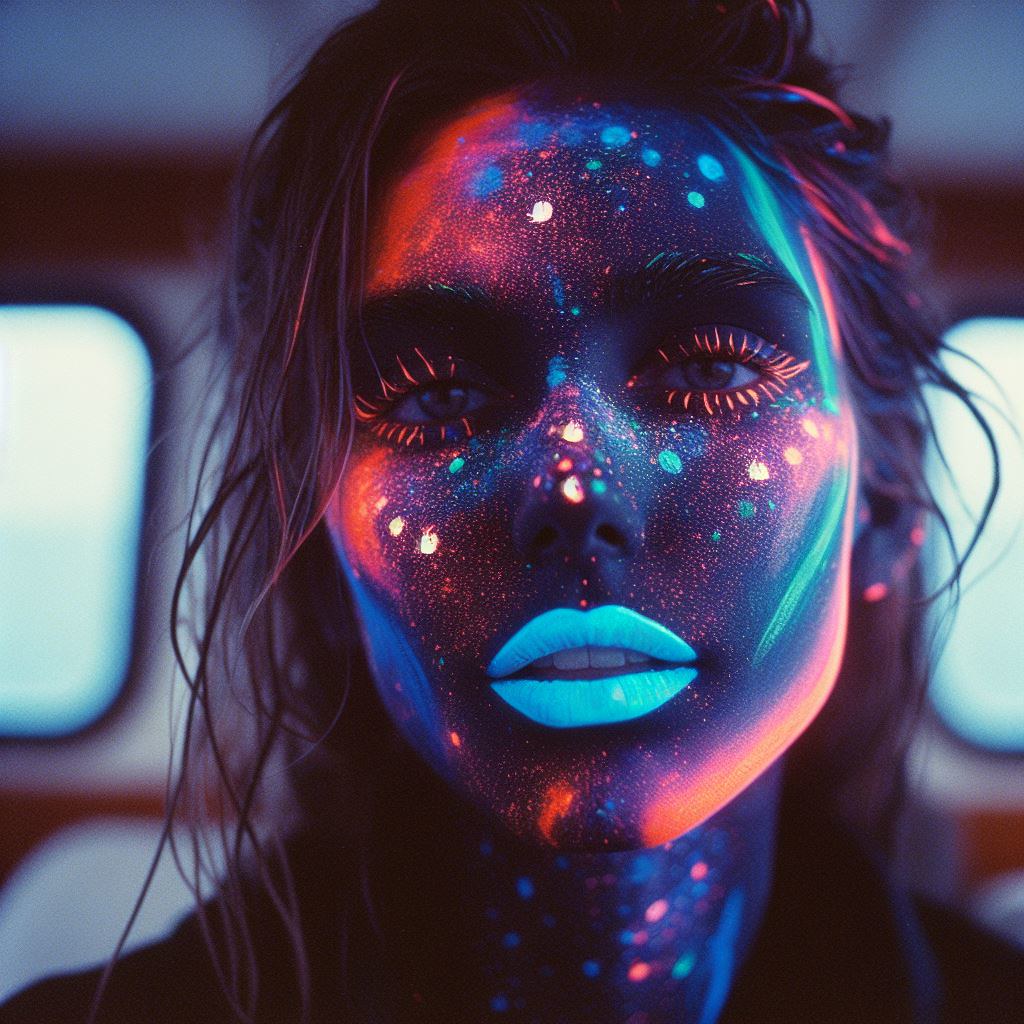Key Takeaways
- The Sora app can turn simple text into vivid, realistic videos.
- It lets users upload faces, raising deepfake and privacy concerns.
- Fake crimes, disasters or explosions may go viral without checks.
- Watermarks aim to spot fakes, but experts say rules must improve.
How the Sora app Creates Lifelike Videos
The Sora app brings imagination to life in seconds. You type a prompt and watch a video appear. It can show explosions, storms or people talking. Moreover, you can upload a face and see it move on screen. This social network style feature makes the videos feel personal. Therefore, artists and storytellers praise its power and ease.
What Is the Sora App?
OpenAI built the Sora app to let anyone make videos with words. You do not need cameras or editing skills. Instead, you type a scene description. The app then uses advanced AI to craft each frame. As a result, you get a full video in moments. It feels like having a mini film studio on your phone.
How It Works
First, you write a simple sentence. For example, “A dog chases a ball in slow motion.” Next, the Sora app’s algorithm breaks your text into visual ideas. Then, it draws each scene and blends frames smoothly. Finally, you see the finished clip. If you upload a face image, the app maps it onto characters. This feature boosts realism but adds risk.
Creative Uses and Fun
Artists love the app for drawing sketches into motion. Teachers can make quick video lessons. Marketers test new ads without filming real scenes. Gamers create short trailers for their mods. Even families craft silly videos starring their pets. In each case, the Sora app speeds up work and sparks fresh ideas.
Risks of Disinformation and Fake Videos
However, the same tool can spread lies fast. A user might fake a crime or plane crash. Then social media could share it before fact checks catch up. Moreover, deepfake videos could harm reputations or trick voters. Some AI clips already caused panic by showing false explosions in cities. Therefore, experts worry that this power needs strong control.
Why the Sora app Needs Stronger Rules
OpenAI added watermarks to tag videos made by the Sora app. Still, savvy bad actors can blur or crop those marks. Meanwhile, platforms may struggle to spot every fake clip. Furthermore, current laws lag behind this new tech. Policymakers debate how to balance creativity with protection. They warn that without clear guardrails, viral fakes could fuel chaos.
Balancing Innovation and Safety
To protect society, experts suggest several steps. First, digital fingerprints could track every Sora app video. Next, platforms must flag content lacking human oversight. Also, courts should update rules on defamation and election interference. Tech firms need transparency reports on AI misuse. Finally, public training can teach people to spot deepfakes. Together these moves can keep the magic while fighting misuse.
What Comes Next?
OpenAI plans more safeguards in the Sora app. They aim to strengthen watermarks and add misuse warnings. Additionally, they may limit face uploads for unverified users. Meanwhile, developers worldwide watch closely. As AI video tools evolve, so will both creativity and potential harm. Society must decide how to use this power wisely.
Conclusion
The Sora app shows what AI can achieve in video. It inspires creative minds and speeds work. Yet, it also poses real threats of disinformation and privacy harm. While watermarks help, experts push for stricter rules. Ultimately, we must balance innovation with safety to enjoy AI’s benefits without falling prey to viral fakes.
FAQs
What steps help identify a fake AI video?
Look for odd lighting, mismatched shadows or shaky backgrounds. Check for missing watermarks or pixel blurs. Verify the video with trusted news outlets. Use browser extensions designed to spot deepfakes.
Can the Sora app harm personal privacy?
Yes. When someone uploads your face, they can create false scenes starring you. This misuse can damage reputations or spread lies. Always be cautious about sharing face images online.
Will future Sora app versions improve security?
OpenAI plans stronger digital watermarks and usage limits. They aim to flag suspicious uploads and review reports faster. Users should still stay alert, as no system is foolproof.
How can artists benefit safely from the Sora app?
Keep prompts and face uploads modest and clear. Add your own voiceovers or personal touches to prove authenticity. Share work with community warnings if it uses AI. This ensures fun creativity without fueling false alarms.

